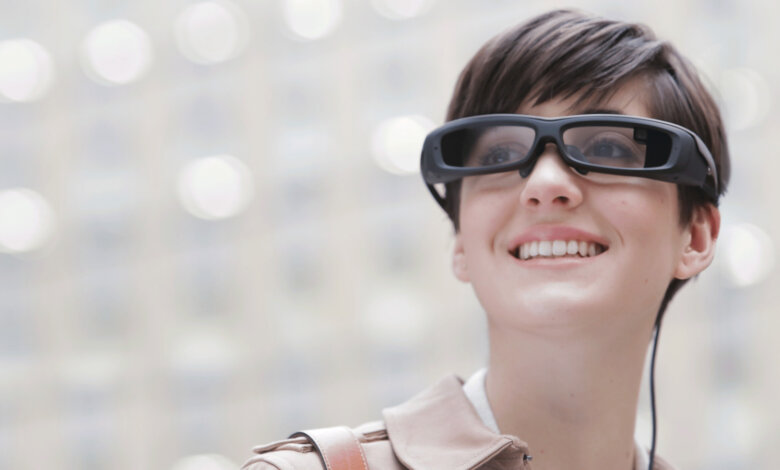Sony Releases Smart Glasses


Sony’s newest offering to the smartwear market, the SmartEyeglass is now available to pre-order from Sony’s website for delivery in the UK and Germany, with Japan and the US to follow. The SED-E1 prototype developer edition will cost $840 (£620) and will come with a software developer pack to allow apps to start being created for the device.
The glasses are to be trialed by Virgin Atlantic at Heathrow Airport, Virgin’s busiest terminal, in March by engineers and technical support teams. The augmented reality SmartEyeglasses will allow engineers to take photos and videos of the tasks they’re working then easily complete forms requesting technical assistance. Engineers will also be making use of the Sony Smartwatch 3, allowing management staff to send updates about task details and job allocations then receive notifications that the updates have been read. The trial is an attempt to cut down on paperwork and increase convenience for engineers, who will be able to easily keep in contact with management and support teams. 
From this it seems that Sony is aiming the SmartEyeglass at the workplace, and it has hinted that the smart glasses would be helpful in factory, medical and firefighting scenarios. This fits with the eyewear’s currently unfashionable image- thick black rimmed spectacles with a battery pack, touch controller and microphone on a cable that must be kept plugged in at all times. The glasses themselves weigh 77g and contain a gyroscope, accelerometer, compass, brightness sensor and 3 mega pixel camera with a camera cover sheet. They are designed to provide an augmented reality that does not obscure the user’s vision but shows text and images to the user in monochrome bright green.
The current design of the glasses is reminiscent of protective eyewear, which means it wouldn’t look out of place in construction or assembly settings, however normal spectacle wearers won’t be able to use this version of the SmartEyeglass as it doesn’t fit on top of other glasses.

The results of the SmartEyeglass’s trial with Virgin Atlantic will be telling, as the SED-E1 version of the glasses has just 150 minutes of battery life while the camera is not in use and 80 minutes while using the camera, so these glasses are still very much in their prototype stage. Despite Sony seeming to want to push this smartwear for professional uses, they have announced that there will be consumer apps for Twitter and Facebook available for the SED-E1 launch in March.
The launch of Sony’s SmartEyeglass comes after rival Google’s announcement that it will stop producing it’s consumer version of the Google Glass and will be moving the team working on Glass to a separate department. The Google Glass was initially designed to be a consumer product, but enthusiasm had quickly stalled and it has become clear that there is limited practicality for the Glass in everyday life.
If Sony has thought out the ways in which they can launch their glasses into a workplace market they may already be ahead of Google, who had imagined that the Glass may been able to integrate into day-to-day lives.

The SmartEyeglass is not the only smart eyewear Sony has up its sleeve- a compact Single Lens Display Module is currently being developed which will be able to turn almost any pair of glasses into smartwear. This model has a high resolution OLED micro display, capable of display high quality images designed to ‘enrich users lives in a variety of ways’. According to Sony, this new project will be tailored towards sport and entertainment eyewear manufacturers, electronics and games manufacturers and business solution companies.
The concept model unveiled at January’s CES was named SmartEyeglass Attach! and could be attached to sports eyewear pieces. It seems with this new concept Sony will be looking to target consumers indirectly by pairing the new technology with a range of equipment that it does not manufacture itself. This seems to be a clear and innovative direction for them to take the new technology, but only time will tell after the product has gone into mass production later this year.



